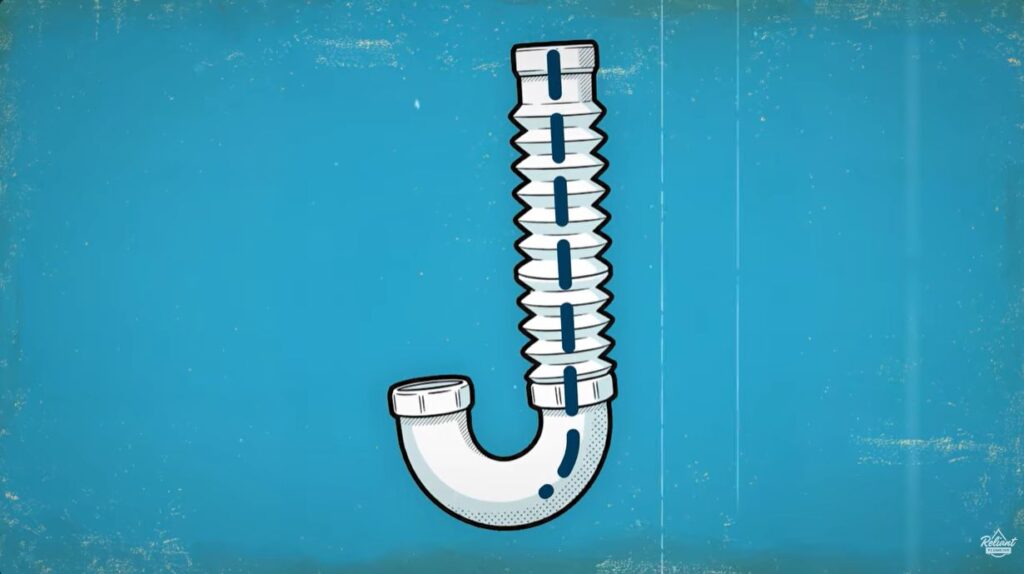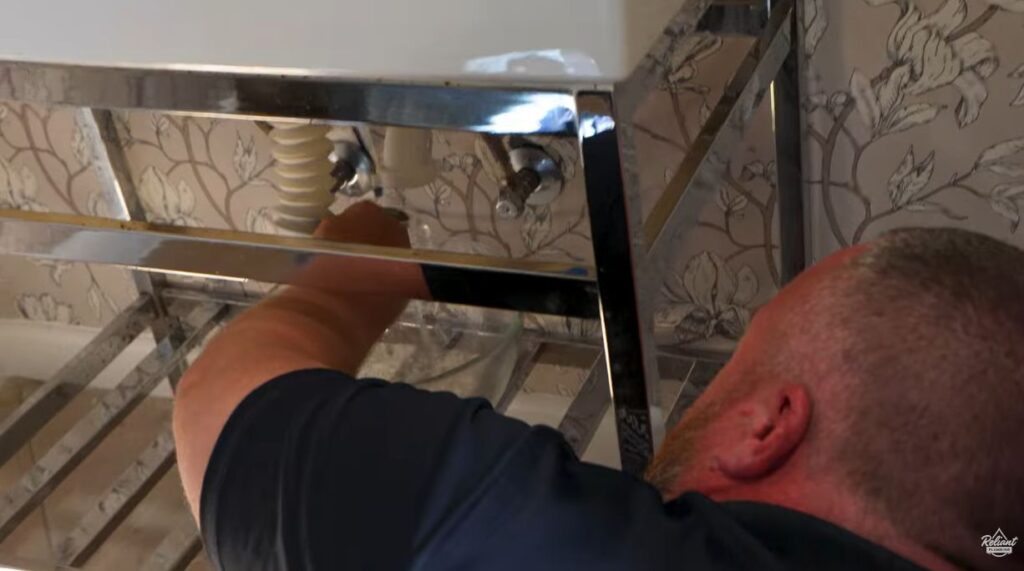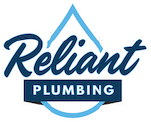How to Unclog a P-Trap
Table of contents
Even plumbers get clogged drains sometimes! In this guide, we’ll walk you through how to unclog your sink’s P-trap — the curved section of pipe located beneath your sink that keeps sewer gases out of your home. Using a simple step-by-step approach (and just a few household items), you can clear most clogs in under 30 minutes.
What Is a P-Trap, and Why It Matters

That curved section under your sink isn’t just for show — it’s called a P-trap, and it serves an important purpose. The P-trap holds a small amount of water at all times, creating a seal that prevents sewer gases from coming back up into your home.
Without it, your home would smell awful every time you ran water through the sink.
Over time, however, that same curve can become a trap for hair, grease, soap scum, and debris — eventually leading to slow drainage or a complete clog.
Common Causes of P-Trap Clogs
Here are a few reasons why your P-trap might get blocked:
- Hair buildup: Frequent shaving or grooming over the sink causes hair to collect inside the pipe.
- Soap residue: Over time, soap scum combines with hair and dirt, creating a sticky blockage.
- Condensate drains: If your air conditioner’s condensate line empties into the sink, it can carry impurities that collect in the trap.
No matter the cause, a clogged P-trap can be cleared easily with a few tools and a little patience.
What You’ll Need

- A bucket or bowl to catch any water
- Your hands — no fancy tools required!
- (Optional) Garden hose for flushing out debris
Step-by-Step: How to Unclog a P-Trap
- Prepare Your Work Area
Place a bucket or bowl under the P-trap to catch any water that spills out once you remove it. This will keep your cabinet dry and save cleanup time.
- Remove the P-Trap
Using your hands, loosen the slip nuts on either end of the P-trap. Slowly pull it free — you’ll start to see water draining into the bowl below.
- Clean the Trap
Once it’s removed, take the P-trap outside or to another sink.
Use a garden hose to flush out the debris inside. You might be surprised at what comes out — hair, grime, or even small objects that accidentally slipped down the drain. - Reinstall the P-Trap
After cleaning, reconnect the trap by tightening the slip nuts by hand. Make sure it’s snug, but don’t overtighten — plastic fittings can crack easily.
- Test for Leaks
Fill your sink with water until it’s just below the overflow. Then release the drain and check for leaks around the P-trap. If everything drains quickly and stays dry underneath, you’ve done it right.
The Result: A Fast-Draining Sink
Just like that, you’ve got a clean, clog-free sink — and you didn’t even need a plumber’s wrench. A quick rinse, a careful reinstallation, and your plumbing is back in business.
But remember: if you notice recurring clogs or slow drains, it could be a sign of a deeper issue in your drainage line. In that case, it’s best to call a licensed professional.
Need a Plumber You Can Trust?

If you’re in Texas and facing a tough clog, leak, or other plumbing issue, you can always count on the experts at Reliant Plumbing. From simple repairs to complex drain cleaning, our team of licensed plumbers is available 24/7 to help keep your home running smoothly.
Call Reliant Plumbing today or book online for fast, reliable service — because even master plumbers need a helping hand sometimes!
